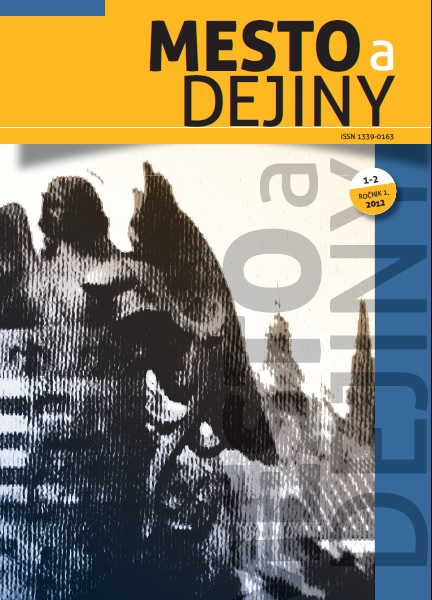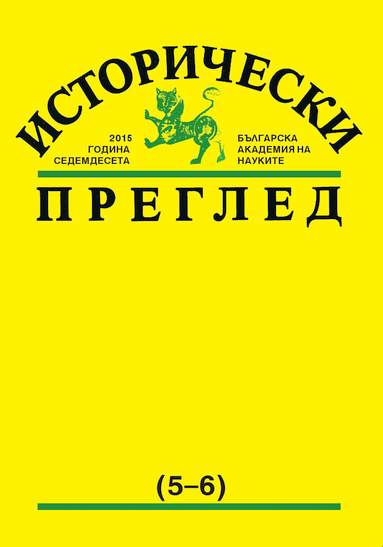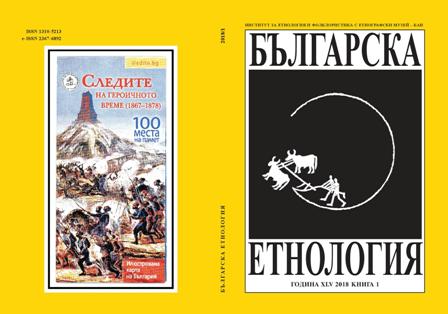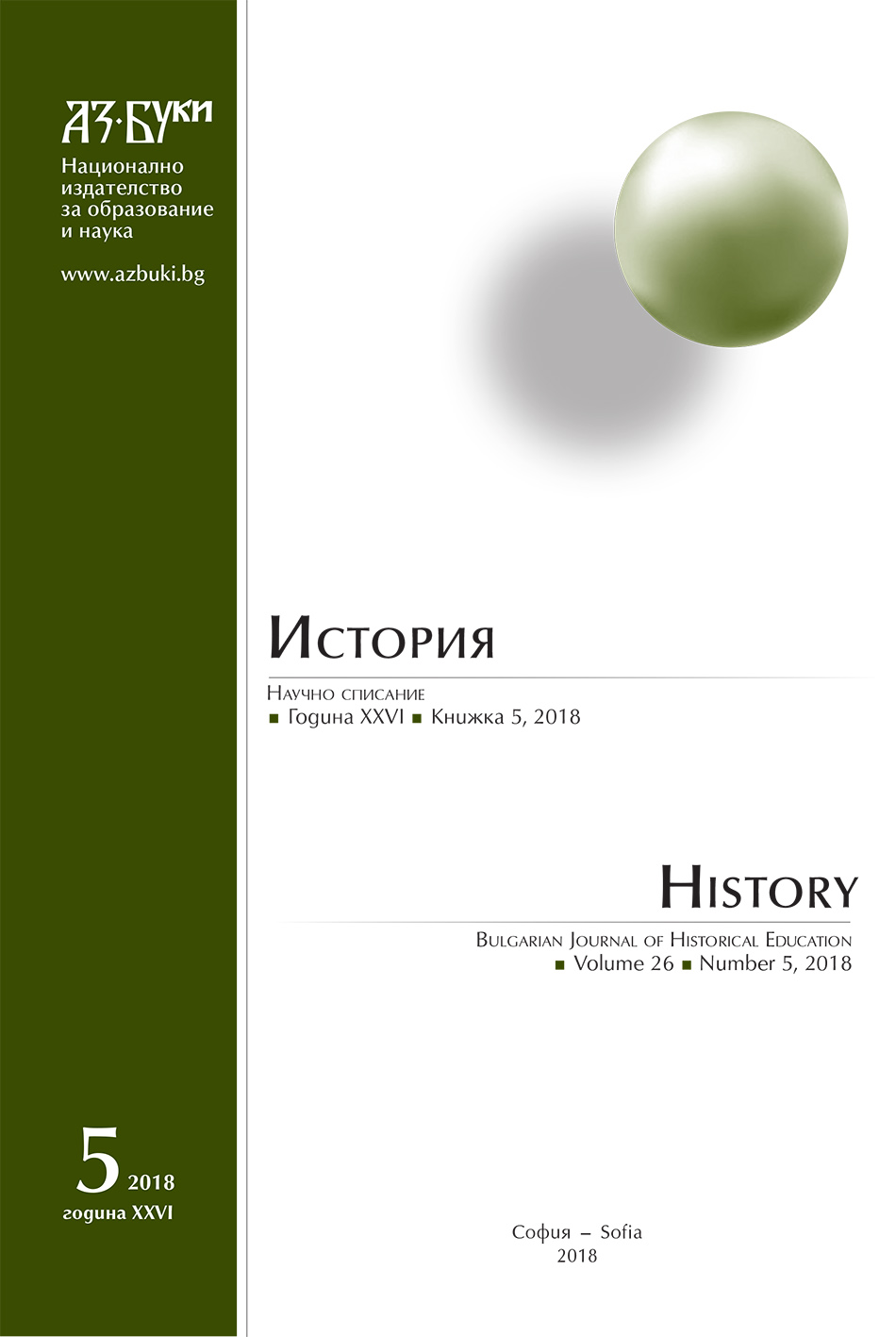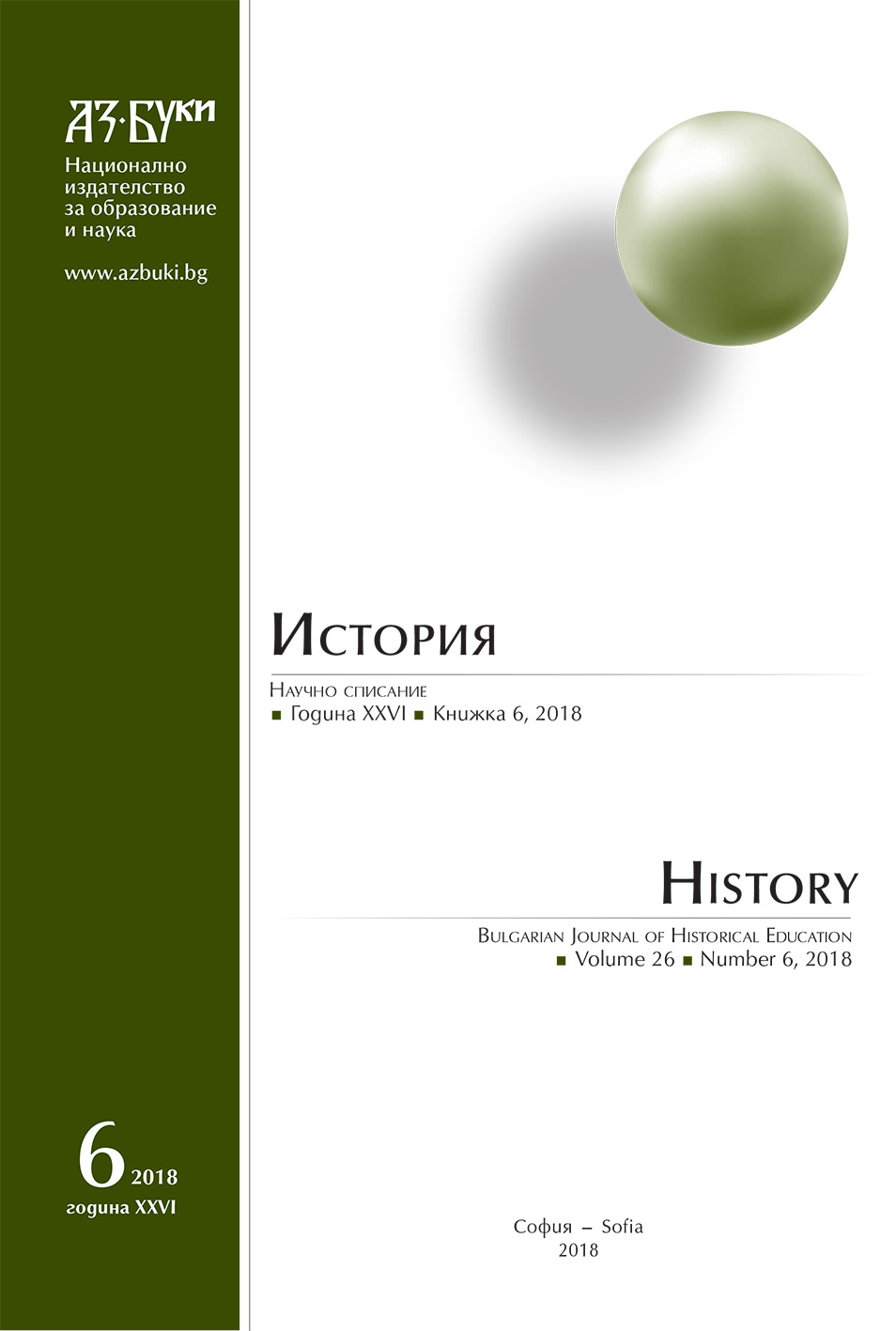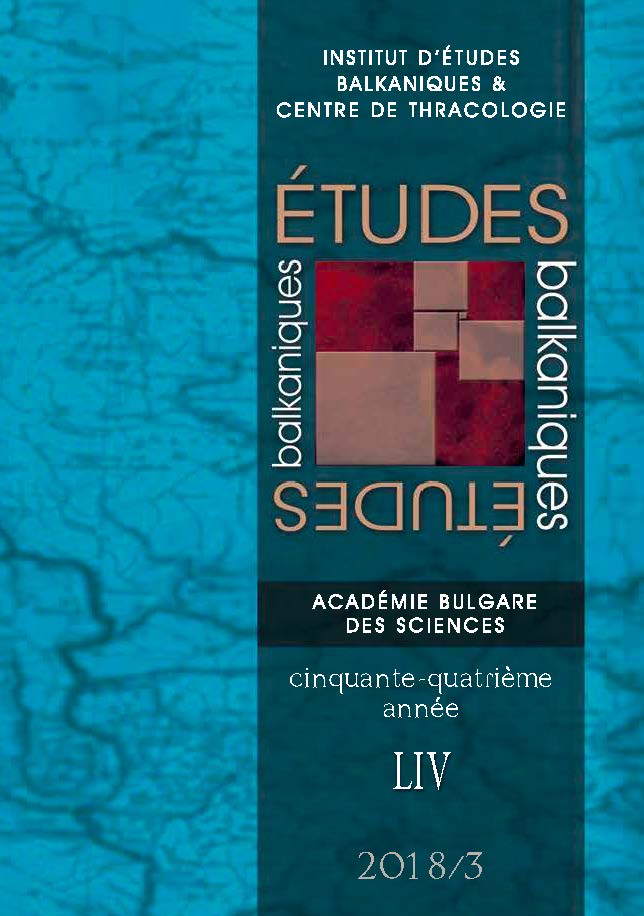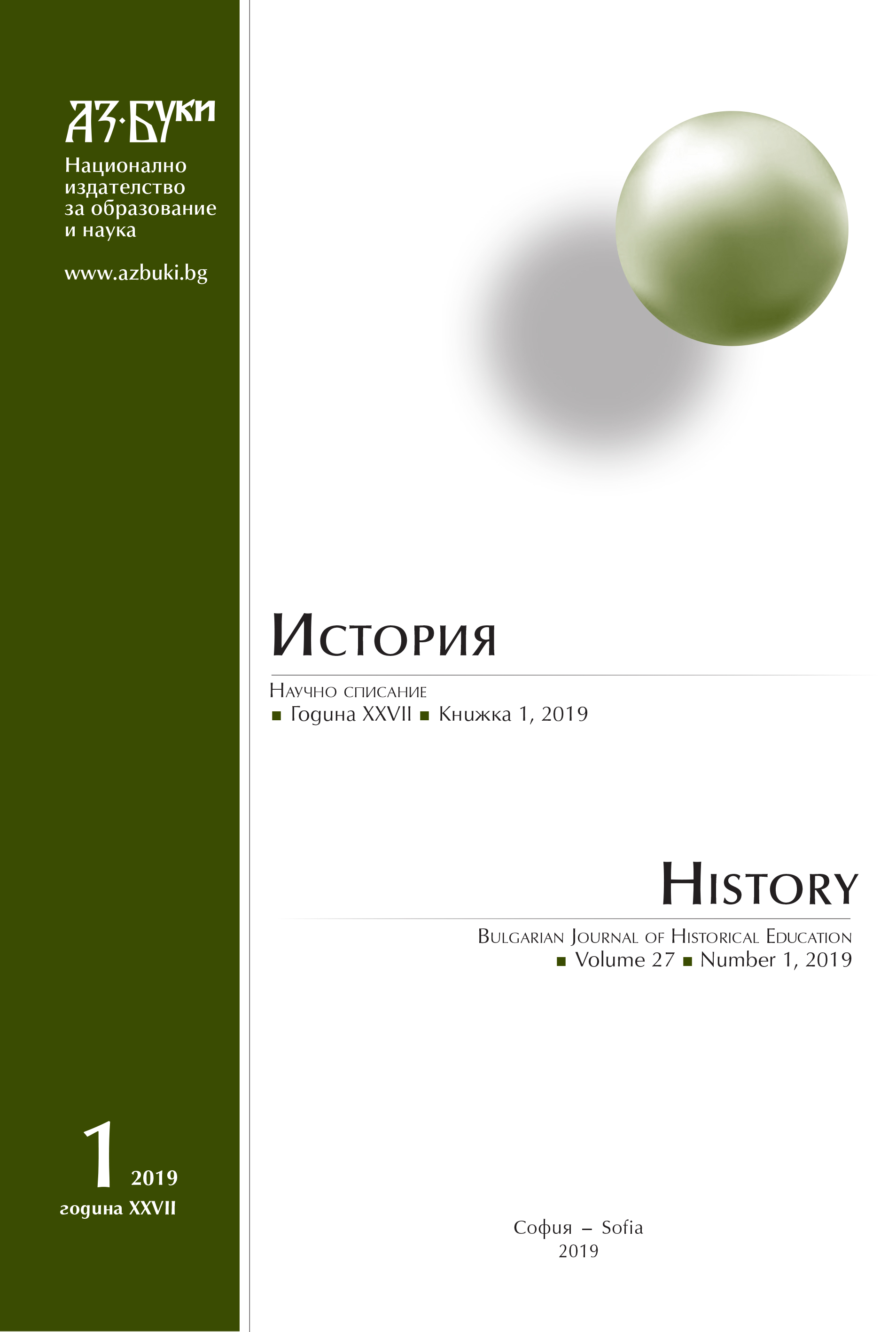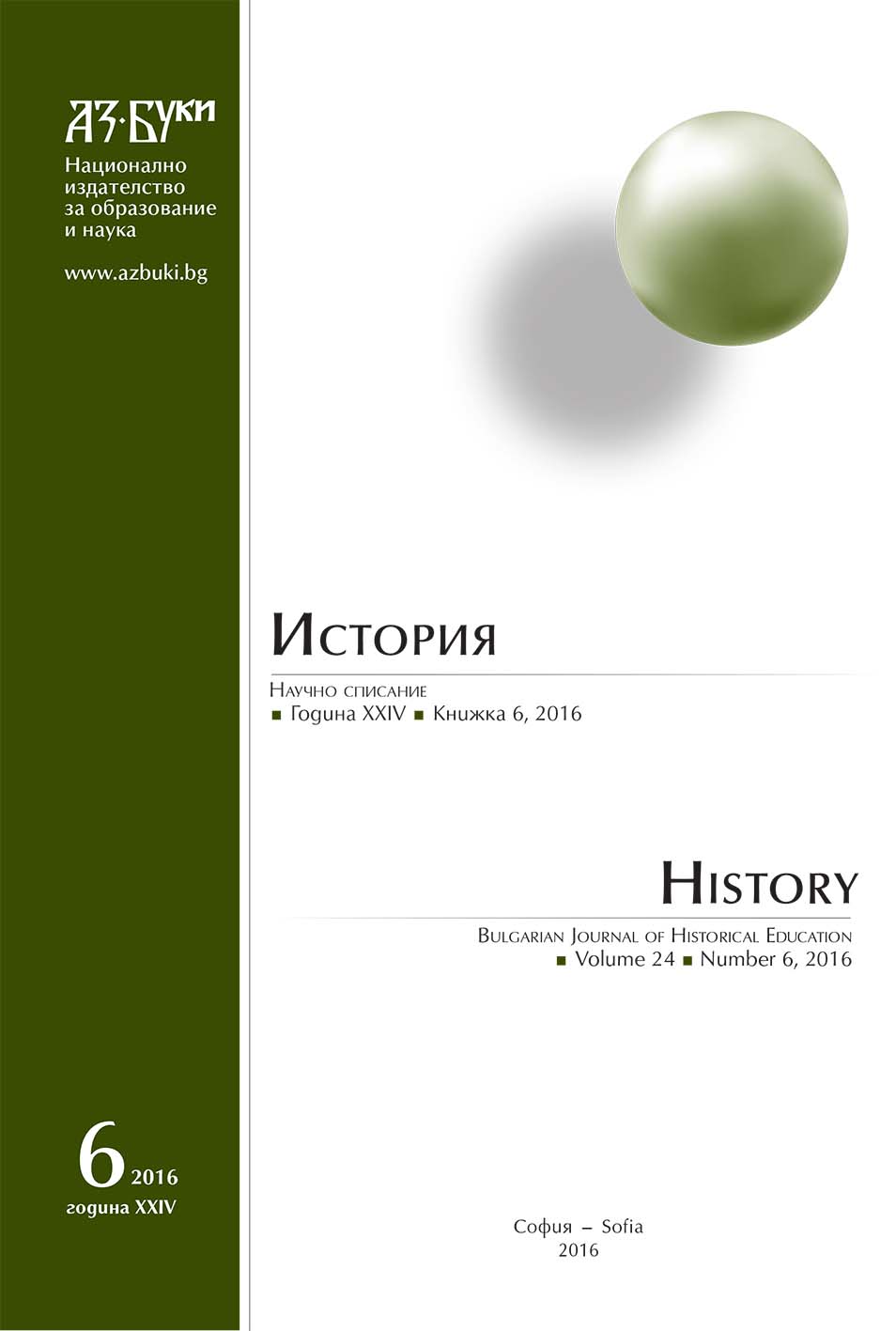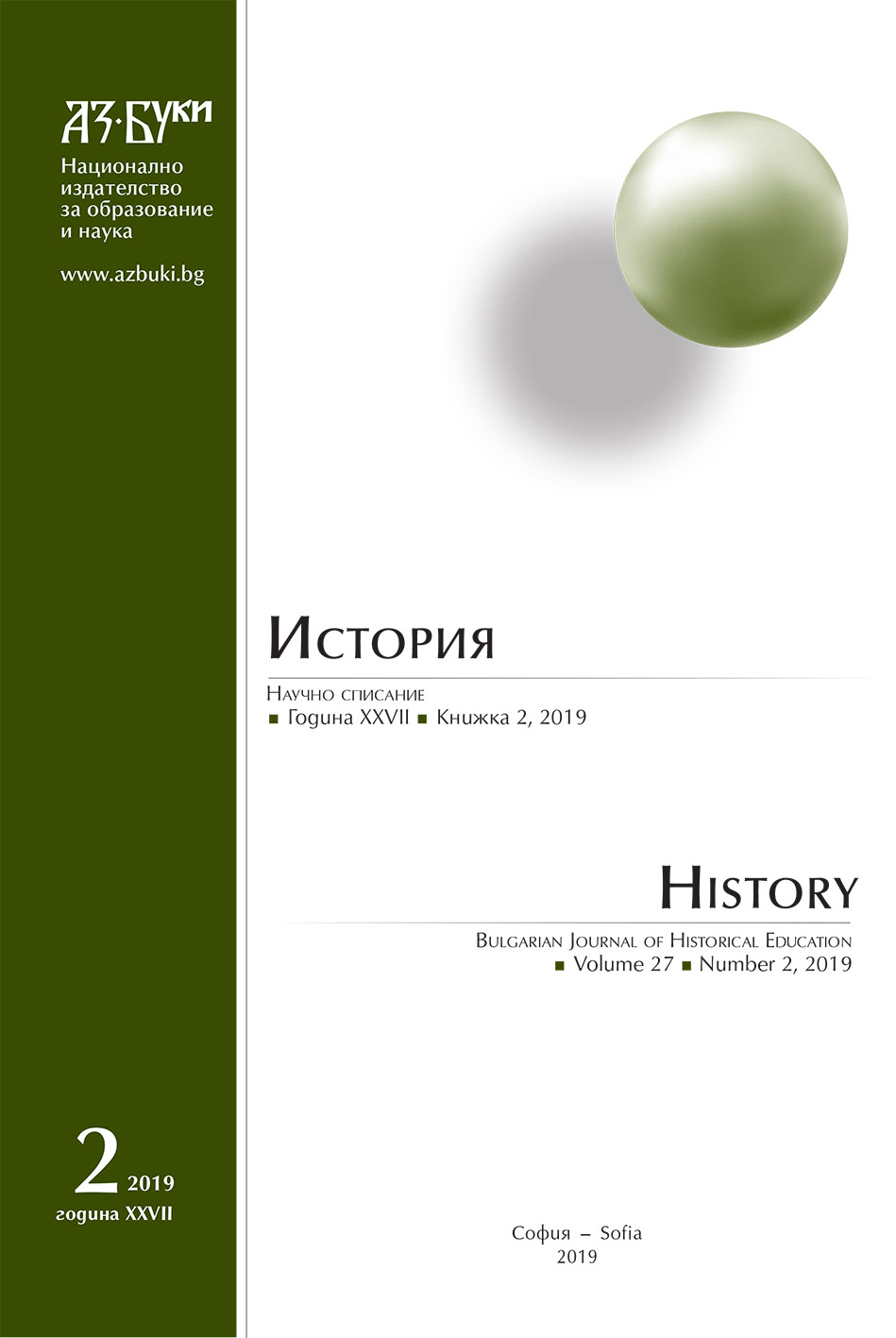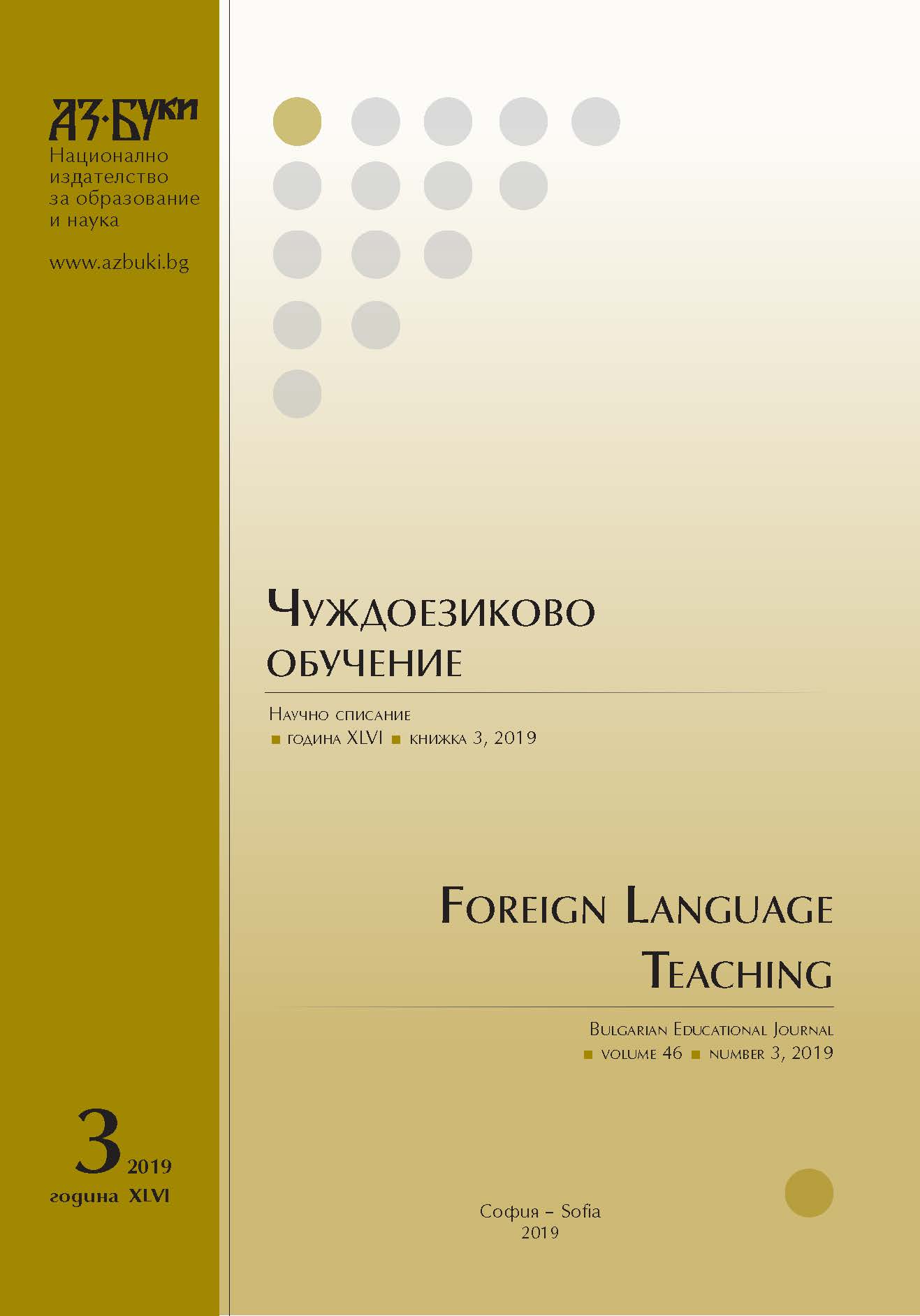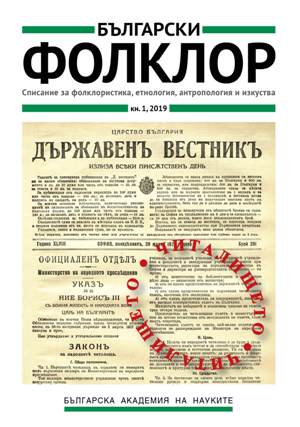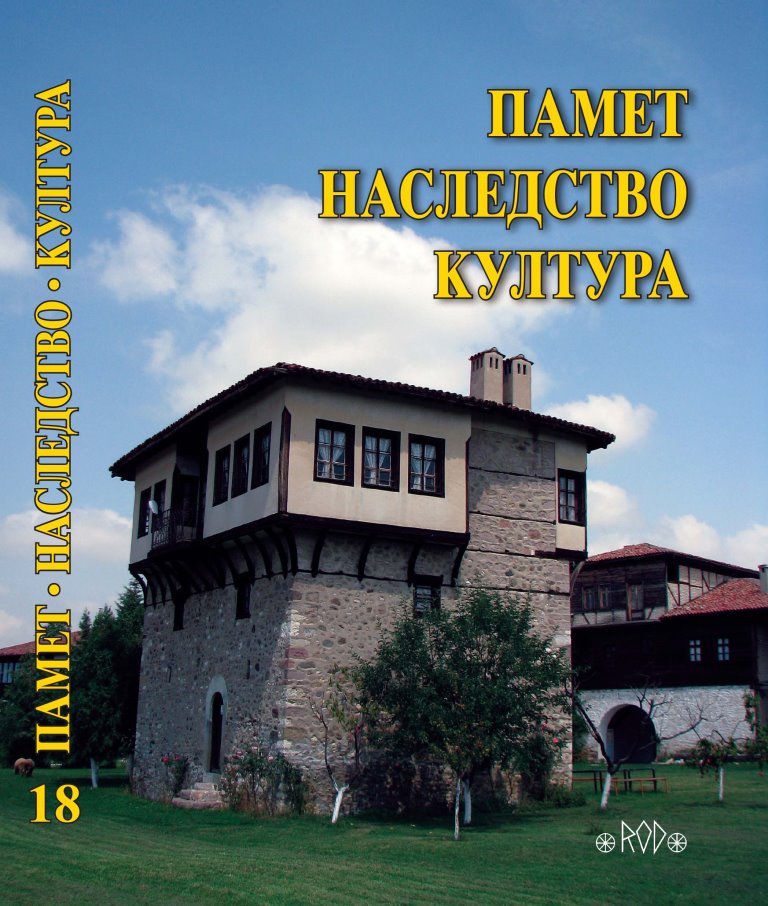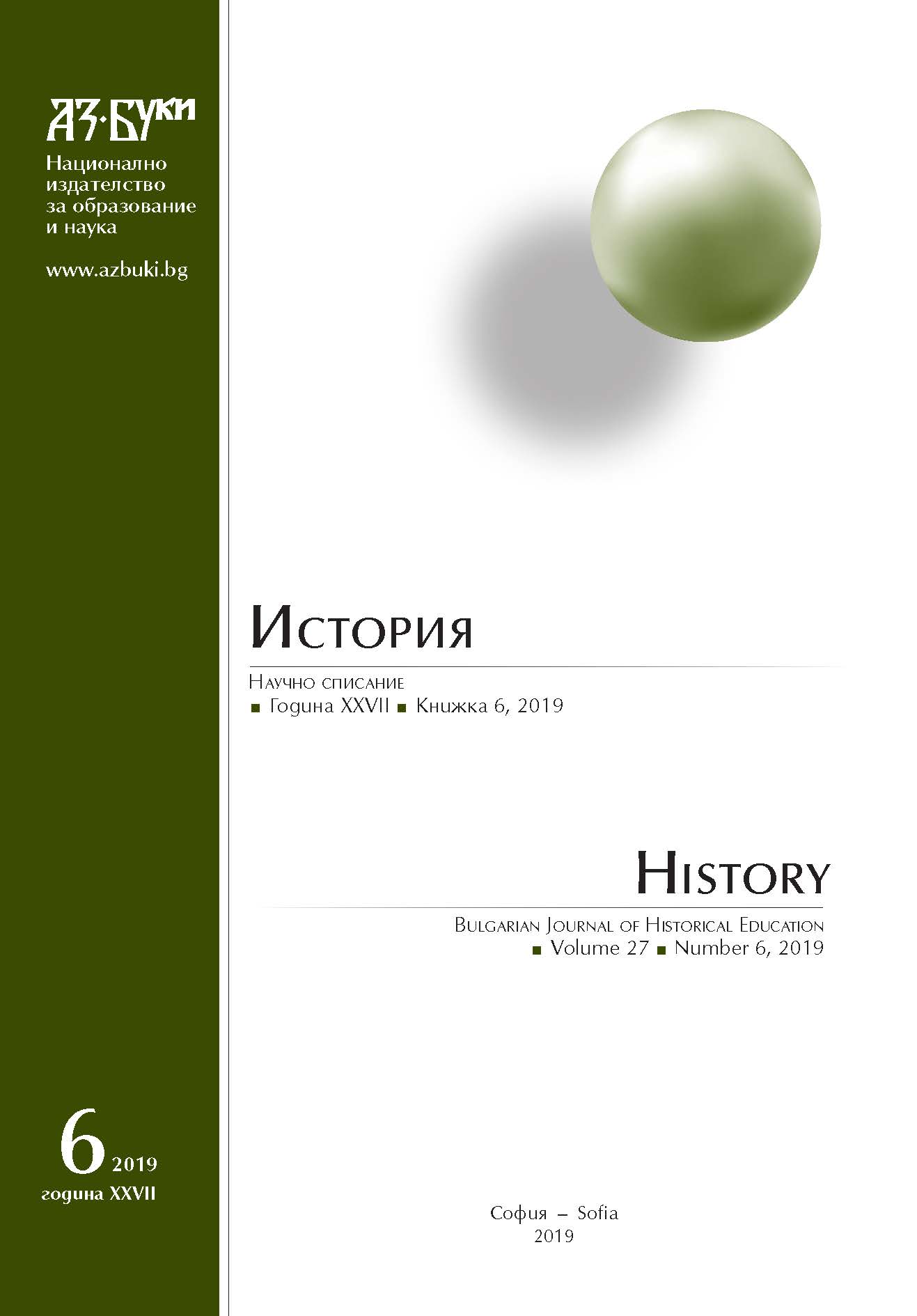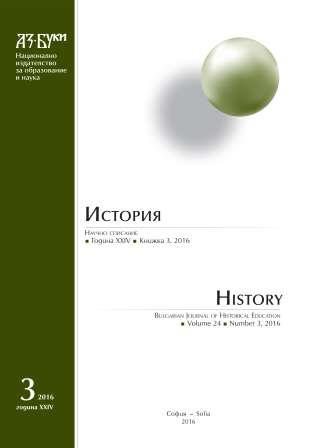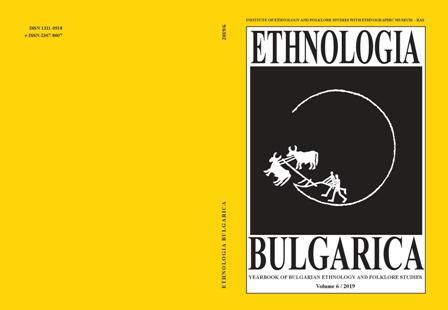Author(s): Konstantin Rangochev / Language(s): Bulgarian
Issue: 18/2019
Folk Orthodox Christianity in Bulgaria is a product of Bulgarian Orthodox mentality: this is the canonical knowledge that partially alters its form in time under the pressure of extreme external factors but retains its core relatively unchanged. It has indirect expression in all folk forms while the direct one is in the Christian prayer, rituals, and different beliefs. An interesting manifestation of folk Orthodoxy in the Orthodox temples of the town of Samokov is the practice that could hardly be defined as “canonical” or “non-canonical”: in the chairs, which are also called the thrones in the churches, are placed paper plates with names of pa¬rishioners. These are people who paid a certain amount of money to the temple so that the church board put their names and they could use these chairs during the liturgy: they stayed each in front of his/her chair and sit down when it was allowed to sit. It was considered to be especially pres¬tigious to have a throne (chair) in the temple and the deprivation of this privilege was regarded as a major insult. As a rule, people who took care of the church, donated money and worked as volunteers had such chairs/ thrones. Name plates are always present in the temple space, so the person symbolically “always attends” the temple and liturgy. The beginning of this practice can be placed after the end of the fifteenth century when bishop thrones were placed in the Orthodox churches. Its ubiquitous dissemination dates back to the second half of the 18th century. The peak was in the 19th century, when after the age of the Tanzimat (1839) began the intensive construction of orthodox churches in the Bulgarian lands. It should be borne in mind that the name plates on the chairs in the churches could play their role only when the literacy among the Bulgarians became widespread in the first half of the 19th century and there was a public that could read the names.Folk Orthodox Christianity in Bulgaria is a product of Bulgarian Orthodox mentality: this is the canonical knowledge that partially alters its form in time under the pressure of extreme external factors but retains its core relatively unchanged. It has indirect expression in all folk forms while the direct one is in the Christian prayer, rituals, and different beliefs. An interesting manifestation of folk Orthodoxy in the Orthodox temples of the town of Samokov is the practice that could hardly be defined as “canonical” or “non-canonical”: in the chairs, which are also called the thrones in the churches, are placed paper plates with names of parishioners. These are people who paid a certain amount of money to the temple so that the church board put their names and they could use these chairs during the liturgy: they stayed each in front of his/her chair and sit down when it was allowed to sit. It was considered to be especially prestigious to have a throne (chair) in the temple and the deprivation of this privilege was regarded as a major insult. As a rule, people who took care of the church, donated money and worked as volunteers had such chairs/ thrones. Name plates are always present in the temple space, so the person symbolically “always attends” the temple and liturgy. The beginning of this practice can be placed after the end of the fifteenth century when bishop thrones were placed in the Orthodox churches. Its ubiquitous dissemination dates back to the second half of the 18th century. The peak was in the 19th century, when after the age of the Tanzimat (1839) began the intensive construction of orthodox churches in the Bulgarian lands. It should be borne in mind that the name plates on the chairs in the churches could play their role only when the literacy among the Bulgarians became widespread in the first half of the 19th century and there was a public that could read the names.Folk Orthodox Christianity in Bulgaria is a product of Bulgarian Orthodox mentality: this is the canonical knowledge that partially alters its form in time under the pressure of extreme external factors but retains its core relatively unchanged. It has indirect expression in all folk forms while the direct one is in the Christian prayer, rituals, and different beliefs. An interesting manifestation of folk Orthodoxy in the Orthodox temples of the town of Samokov is the practice that could hardly be defined as “canonical” or “non-canonical”: in the chairs, which are also called the thrones in the churches, are placed paper plates with names of parishioners. These are people who paid a certain amount of money to the temple so that the church board put their names and they could use these chairs during the liturgy: they stayed each in front of his/her chair and sit down when it was allowed to sit. It was considered to be especially prestigious to have a throne (chair) in the temple and the deprivation of this privilege was regarded as a major insult. As a rule, people who took care of the church, donated money and worked as volunteers had such chairs/ thrones. Name plates are always present in the temple space, so the person symbolically “always attends” the temple and liturgy. The beginning of this practice can be placed after the end of the fifteenth century when bishop thrones were placed in the Orthodox churches. Its ubiquitous dissemination dates back to the second half of the 18th century. The peak was in the 19th century, when after the age of the Tanzimat (1839) began the intensive construction of orthodox churches in the Bulgarian lands. It should be borne in mind that the name plates on the chairs in the churches could play their role only when the literacy among the Bulgarians became widespread in the first half of the 19th century and there was a public that could read the names. Folk Orthodox Christianity in Bulgaria is a product of Bulgarian Orthodox mentality: this is the canonical knowledge that partially alters its form in time under the pressure of extreme external factors but retains its core relatively unchanged. It has indirect expression in all folk forms while the direct one is in the Christian prayer, rituals, and different beliefs. An interesting manifestation of folk Orthodoxy in the Orthodox temples of the town of Samokov is the practice that could hardly be defined as “canonical” or “non-canonical”: in the chairs, which are also called the thrones in the churches, are placed paper plates with names of parishioners. These are people who paid a certain amount of money to the temple so that the church board put their names and they could use these chairs during the liturgy: they stayed each in front of his/her chair and sit down when it was allowed to sit. It was considered to be especially prestigious to have a throne (chair) in the temple and the deprivation of this privilege was regarded as a major insult. As a rule, people who took care of the church, donated money and worked as volunteers had such chairs/ thrones. Name plates are always present in the temple space, so the person symbolically “always attends” the temple and liturgy. The beginning of this practice can be placed after the end of the fifteenth century when bishop thrones were placed in the Orthodox churches. Its ubiquitous dissemination dates back to the second half of the 18th century. The peak was in the 19th century, when after the age of the Tanzimat (1839) began the intensive construction of orthodox churches in the Bulgarian lands. It should be borne in mind that the name plates on the chairs in the churches could play their role only when the literacy among the Bulgarians became widespread in the first half of the 19th century and there was a public that could read the names.
More...
